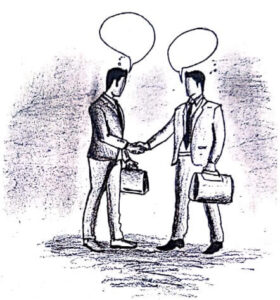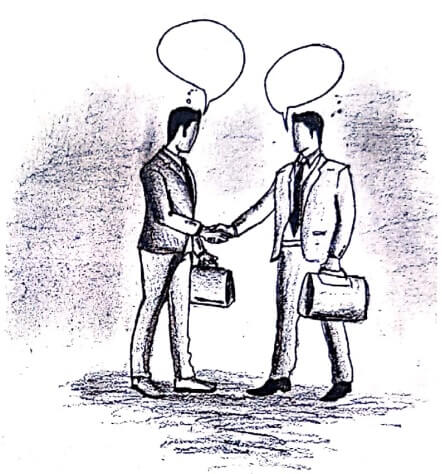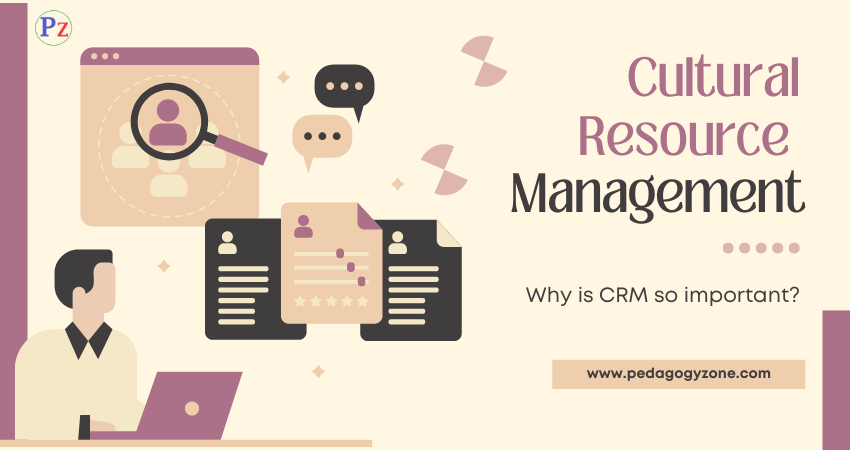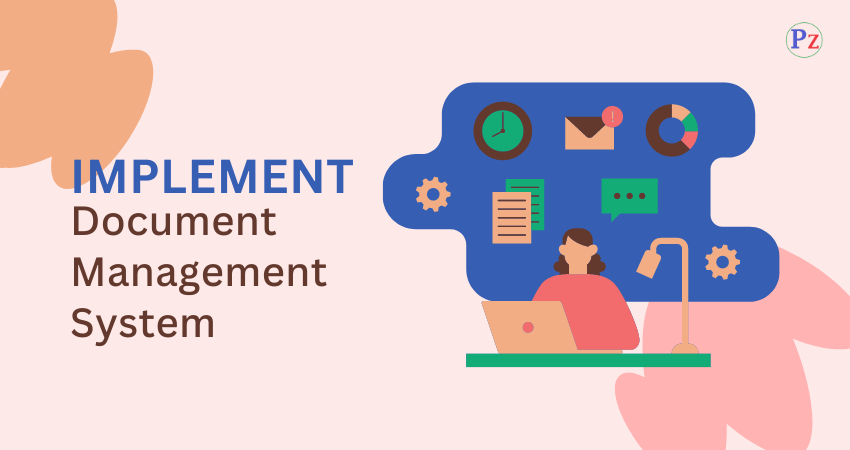Meaning of Interpersonal Relation
Interpersonal teamwork skills allow us to be more effective when interacting with more than one individual. These skills make us to more effective in our professional careers and our personal lives.
Whether one is working with a group of department heads to resolves business issues or simply choosing a movie to watch with his family, good team skills enables one to resolve issues efficiently.
This work includes:
- Encouraging others
- Gate keeping effectively
- Standard setting
- Following members lead
- Expressing the sense of the team
Communication
Definition
Communication is derived from the Latin word “communis” or “communicare”.
According to Stephen P.Robbins “communication refers to transference and understanding of meaning”.
According to Hudson “communication in its simplest form is conveying of information from one person to another”.
Functions / Importance of Communications
-
Control
-
Motivation
-
Emotional Expression

-
Information Sharing
-
Leading
-
Attitude
-
Social Behavior
-
Feed back
-
Influence people
-
Gate keeping
-
Coordination and regulation of production activities
-
Socialization
-
Innovation
-
Necessary for sound decision
-
Greater scope of managerial influence
Channels of Communication
i) Based on Relationships
- Formal Communication
- Informal communication is also called ‘Grapevine’
ii) Based on direction of the flow
- Horizontal Communication
- Upward Communication
- Downward Communication
- Diagonal Communication
iii) Based on method used
- Verbal Communication
- Written Communication
- Gestural Communication
Communication Process/ Basics of Communication
Communication is a process which involves a sender of a message and a receiver. It is a two-way process concerned with sharing and understanding of information.
> Sender/ Source/ Communicator: Originator of the idea or the message.
> Message: Message could be verbal or non-verbal such as appearance, body language, silence, sounds and signs etc.
> Encoding: Translation of an idea into a message appropriate for transmission by the source is called encoding.
> Channel / Medium: Message travels from sender to receiver through Media, TV, news paper, telephone, correspondence etc…
> Receiver: Is the person for whom the message is intended.
> Decoding: When the message, symbols, etc., is converted into a certain meaning, it is known as decoding.
> Feedback: Whatever the response of receiver to a sender is, it is called feedback.
Barriers to Effective Communication
-
Filtering Barrier: Message travels through many layers it is found that the message tends to be distorted.
-
Language Barrier: It is a central element in communication. It may pose a barrier if it is used obscure/ difficult meaning and distort meaning.
-
Physical Separation Barrier: Ex. noise, improper time and distance.
-
Status: organizational hierarchy poses another barrier to communication.
-
Emotional/Psychological Barrier: Ex. Motives, attitudes, judgment, sentiments and emotions.
-
Personal Barriers: Ex. communication is basically interpersonal process.
-
Organizational Barrier: Ex. which are related to the functioning of organization.
-
Semantic Barrier: Ex. obstructions that come in the process of encoding or decoding the message.
How to Make Effective Communication / Methods or Ways To Improve Communication
-
Use simple language
-
Regulating the flow of communication
-
Encourage open feedback
-
Repetition
-
Restraint over emotions
-
Mutual trust and faith
-
Listening carefully
-
Pygmalion effect.
-
Avoid overload
-
Misperception
-
Selective evaluation of self and others
-
Selective interaction
-
Response evocation
-
Written word – write things down as a back-up
-
Be patient. and working hypothesis
-
Maintaining similarity and empathy
| Read More Topics |
| Emergence of informal leaders and working norms |
| What do you mean by motivation and types? |
| Definition and meaning for impression management |





